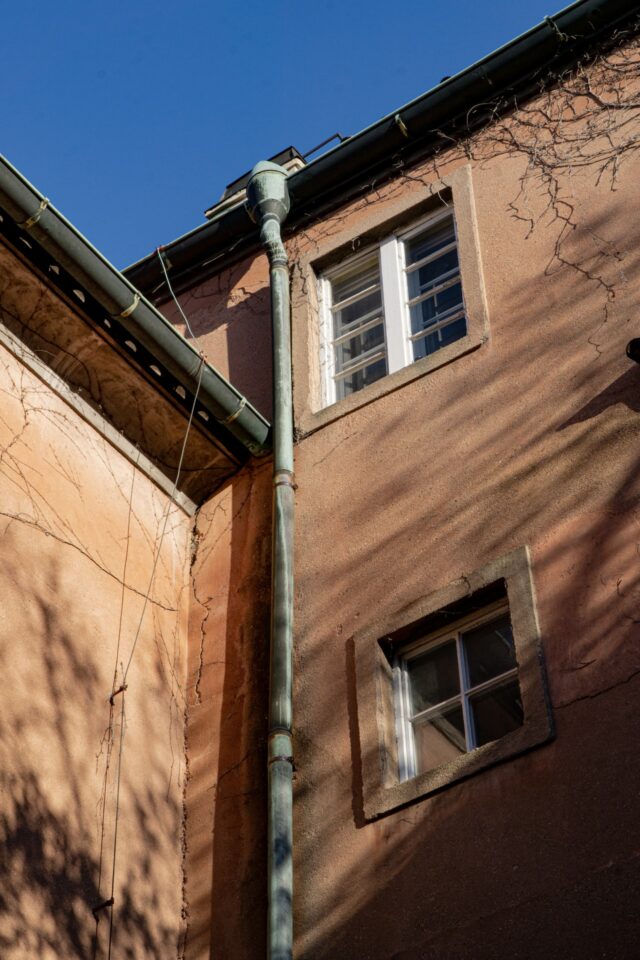Your home’s foundations help to keep the entire building together. Once issues like subsidence start occurring, the structural integrity of your home can be affected. This can lead to all kinds of minor problems at first from cracks in walls to doors that don’t shut – eventually putting your home at risk of collapsing.

In most cases, foundation damage is caused by the levels of moisture in the soil. Too much moisture or not enough moisture can both cause your foundations to sink. This post explores some of the different ways to keep moisture levels just right in order to protect your foundations.
Use drainage systems to divert water
Poor drainage around a home is a leading cause of foundation problems. If water is allowed to pool around a home or if there is flooding, much of this will seep into the foundations, causing the ground to become boggy and leading to subsidence. By directing the flow of water away from your home, you can prevent this from happening. Creating a gentle slope away from your home leading to drains is the most common way to do this. If you live at the bottom of a hill and water naturally flows towards your home, consider diverting the flow into french drains placed a few feet away from your home or direct water into a pond or stream using channels.
Clean out your gutters
Gutters are designed to stop rainwater falling off your roof and pooling around your home, which in turn can prevent foundation issues. Of course, if gutters get blocked with leaves or ice, the rainwater will simply spill over the sides of the gutters and you’ll have the same problem. This is why it’s important to regularly clean out gutters so that water is being correctly diverted away from your foundations. You can do this yourself or hire a gutter cleaning service to do it for you – the latter option is much safer as these professionals will have the right knowledge and equipment to do it properly.
Avoid planting trees too close to your home
Some people believe that you shouldn’t plant a tree too close to a building because the roots may interfere with the foundations. While this is partly true, it’s not because the roots will grow into the foundations – in fact, in most cases, roots will grow around. The problem instead comes from trees sucking up all the moisture from the earth, which can cause soil to contract. As the earth becomes drier and more compacted, the foundations of a home can sink. In serious instances, sinkholes may even appear. By planting trees away from your home, you can prevent this.
Water your foundations in summer
During periods of no rainfall, the earth around your home may start to become very dry. Long droughts will cause the soil to contract and increase the risk of foundations sinking. By watering the earth around your home in summer, you can keep it moist enough to fend off subsidence and sinkholes.
Know when to invest in foundation repair
Many homes already have damaged foundations and occupants don’t realize. Once foundations start to become damaged, it’s important to get them repaired before issues become worse. Foundation damage will usually result in cracks forming around the foundations. Cracks may also form in other parts of the home and they may eventually grow and get wider. Sloping floors, stuck doors, doors that won’t shut, cracked tiles, and windows that become misaligned can also all be signs of foundation damage. You should always hire professionals to repair your foundations.
About the Author
Contributing Author
This article is written by a contributing author.
If you found this post useful, please Pin It!

Hi, before you go…
Don’t forget to join the email list!
Don’t forget to join in on the conversation on social media.![]()
![]()
![]()
![]()
![]()


